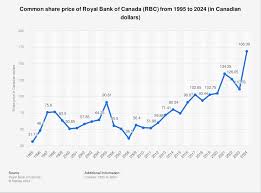
Introduction
Jake Paul, the 26-year-old YouTube star turned professional boxer, continues to make headlines across various platforms. His career trajectory embodies the fusion of social media influence and traditional sports, raising discussions about the evolving nature of fame and success in the digital age. With a massive following and a penchant for controversy, Jake Paul has become an emblem of how social media can redefine celebrity status and entrepreneurship.
Early Life and Career
Born on January 17, 1997, in Cleveland, Ohio, Jake began his journey to fame on the now-defunct social media platform Vine. His comedic talents quickly garnered him a substantial following, leading him to the popular video-sharing platform, YouTube. He expanded his brand through outrageous stunts, pranks, and collaborating with other creators. However, it was his transition into music and then professional boxing that truly catapulted him into a different stratosphere of notoriety.
Boxing Career
Jake Paul’s entry into professional boxing began in 2020, and he has since challenged and defeated various opponents ranging from former MMA fighters to YouTube stars. His high-profile matches, often accompanied by his unique promotional style, have drawn millions of viewers. For instance, his fight against former UFC champion Tyron Woodley in August 2021 was a significant event that showcased Paul’s growing influence in the boxing world. Furthermore, recent announcements about upcoming fights against seasoned boxers and athletes have maintained his presence in the sports news cycle.
Controversies and Impact
Despite his success, Jake Paul has been synonymous with controversy, often attracting criticism for his behavior and remarks. Incidents during and after fights, social media posts, and public statements have sparked debates on his character and impact on younger audiences. However, his ability to attract attention also serves a strategic purpose: Paul has leveraged his controversial persona into lucrative business ventures, from merchandise to promotions.
Conclusion
Jake Paul’s journey illustrates the complexities of contemporary fame in a digitally dominated world. His ability to blend entertainment and sports while maintaining a controversial public image has made him a household name. As he continues to evolve both as a boxer and a media personality, it raises questions about the future of celebrity and the impact of social media on professional sports. For readers and fans alike, Jake Paul represents the new frontier of fame, with implications that will likely influence upcoming generations of entertainers and athletes.

